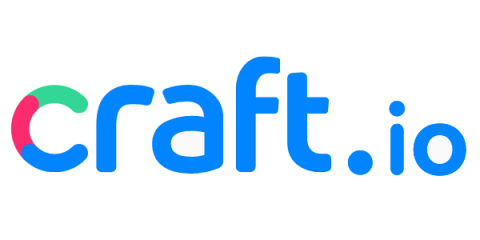Teams | Collaboration | Customer Service | Project Management
Product Management
8 Things You Didn't Know About The Product Discovery Process
Successful and popular products are rarely born in moments of inspiration, nor are they likely to just pop into the minds of entrepreneurs or product managers. More often, great products are the result of a rigorous and effective product discovery process.
10 Reasons Why Agile Sprint Planning Is Crucial for Product Management
Information matters. But what information team members have and when they get it is just as important as the information itself. In the world of Agile product management, information is best funneled to teams through sprint planning, an essential Agile productivity tool. If sprint planning is not used – and product owners or scrum masters don’t take the time to schedule upcoming work properly – team members might misunderstand what they must focus on and when.
8 Tips for Product Discovery that Actually Work
Does your product team sit around with little work to do, wondering what you’re going to do next quarter? Yeah, I didn’t think so. If there’s one thing that product teams all have in common is that they all suffer from the opposite problem – too many things to do.
6 Essential Customer Journey Stages
As a product manager, you never suffer from a lack of things to do. Sometimes when you have so many things you could do, it’s difficult to pick the things you should do. You know you need to focus on outcomes that will help customers solve their problems, and benefit your company as well, but how can you identify those features?
Sneak peak into our 2022 plans
Before taking a look forward at our strategy for 2022, we would like to summarize this year and mark the major milestones we have taken in our journey to make Craft.io the best Product Management software solution in the market.
Product Manager vs Project Manager
Product manager vs project manager has been a highly debated topic over past one decade. The IT sector has undergone such a sea change that even veterans are awestruck at its current form. Information Technology, as we know it, has become more sophisticated, with several fragments with intricate functions within them, each one specializing on a specific objective, expertise, and outcome that no other function can interfere with.
Use Case vs. User Story: The Final Showdown
When it comes to Agile Product Management, navigating all the terms and ideas can feel like a minefield. Underneath all the keywords and buzzwords are powerful tools that can shape the form that your product ends up taking. These tools can also help determine the speed and quality of your product development flow by giving your teams clarity and understanding.
The 16 Best Product Management Tools for 2022
Buyer expectations are higher than ever, and many companies sell long-lived products that depend on strong customer relationships. The best product management software goes beyond the development and deployment stages and includes features for building a strategy around the entire lifespan of the product.
8 Tips to a Great Product Development Strategy (with Examples)
How do the tech giants of the world develop their products? For example, Google, Amazon, and Apple all have very distinct product development strategies. Their product development strategies are their unique way of coming up with new ideas and transforming them into engaging, helpful, and in many cases, profitable products and services. Those product development strategies may just be among the most valuable assets those companies have.








